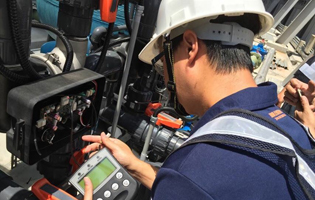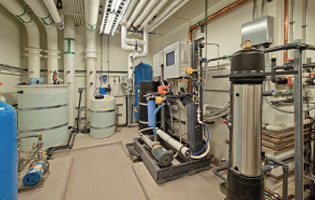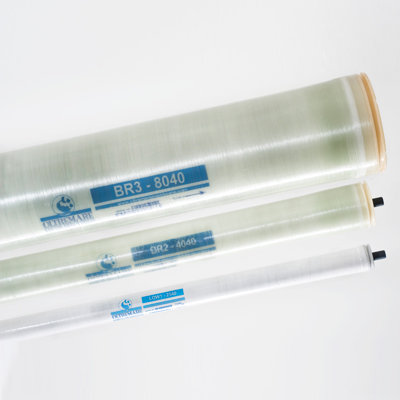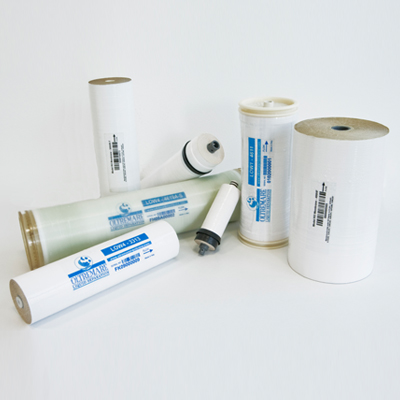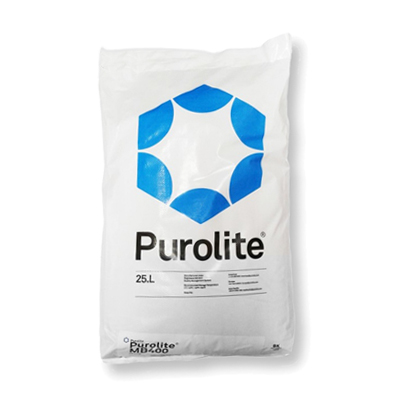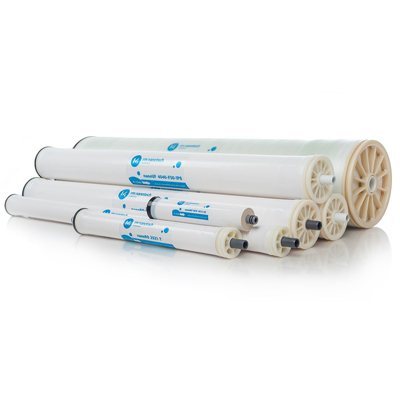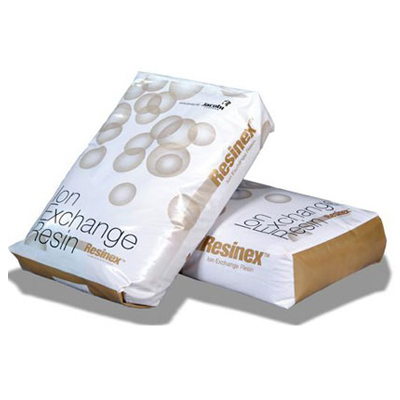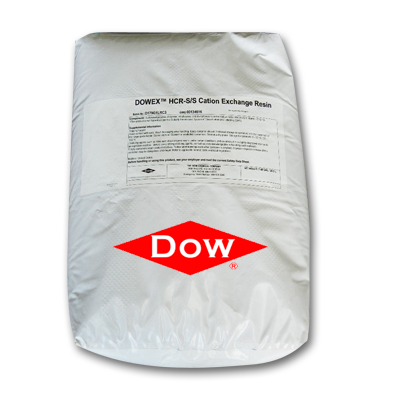PRODUCT INFORMATION
Frequently Asked Questions about Reverse Osmosis Technology
- front page
- product
- Water Treatment Technology
- Technology Development Department
- Frequently Asked Questions about Reverse Osmosis Technology
Product Information
- heat treatment
-
water treatment
- Arsenic remover
- Desulfurizer
- Deaerator
- Water softener (calcium and magnesium ion removal)
- Carbon filter (removes odor and residual chlorine)
- Sand filter (removal of suspended impurities)
- Iron remover (removal of iron and manganese ions)
- RO water purifier
- Pre-backwash filter
- UV ultraviolet sterilizer
- Ion exchange resin
- reverse osmosis membrane tube
- quick filter
- Various tanks for water treatment
- Various application filter media
- 美國 Clack Clark control valve
- 美國 Fleck Control Valve
- 美國 Pentair Control Valve
- 美國 Autotrol Control Valve
- Runxin Control Valve
- Injection treatment
- Technology Development Department
-
brand
- Demo brand
- US DOW
- IDEX USA
- US CLACK
- EMERSON, USA
- American PENTAIR
- SIEMENS Germany
- American PULSAFEEDER
- Denmark DANFOSS
- Thailand HAYCARB
- France SUNTEC
- UK PUROLITE
- Japanese NOP
- Japan OLYMPIA
- Japan KATSURA
- BRAHMA, Italy
- SAGINOMIYA
- HONEYWELL
- AZBIL (YAMATAKE)
- OLTREMARE
- NIPCON
- TROCHOID
- domestic
- EGO
- KATO
- LECIP
- ATS
- JACOBI
- ETATRON
- WAVE CYBER
- BOSCHINI
- NIPPON
- WL
- CASH ACME
- YAZAKI
- RUNXIN
- About | Contact

Frequently Asked Questions about Reverse Osmosis Technology
Technical explanation
How can I estimate the flow rate (on-site water (steady) velocity) that should be used with my reverse osmosis system?
• Make sure there are no other open streams on site
• Use the faucet closest to the water source (pump, tower, pipe)
• Open the faucet all the way and measure how long it takes to fill a gallon container
• Divide the elapsed time by 60 (seconds). So, if it takes 20 seconds to fill a 1 gallon container, the flow rate is 3 gallons per minute.
Can reverse osmosis technology achieve 100% separation effect (equivalent to 100% recovery percentage)?
Impossible, the current membrane technology cannot achieve the separation effect of 100%. Therefore, no reverse osmosis membrane can achieve 100% recovery percentage. The reason is that the current reverse osmosis membrane always has three flows (supply water flow, concentrated water flow, permeate water flow (pure water flow)) during the filtration process. The logic is that when the reverse osmosis system is producing permeate water, part of the supply water will be concentrated into concentrated water, so 100% separation cannot be achieved. In addition, because reverse osmosis technology always has a concentrated water flow, the recovery percentage of 100% is not possible. The calculation method is to divide the supply water flow rate by the permeate water flow rate x 100%.
What is the difference between NF (nanofiltration) and RO (reverse osmosis filtration)?
Nanofiltration (NF) is a technology that uses membranes to separate liquids, and its positioning is between reverse osmosis filtration (RO) and ultrafiltration filtration (UF). RO can remove the smallest solute molecules, (diameter 0.0001 micron or less), and NF can remove molecules in the range of 0.001 micron. NF is a multi-tube filter membrane (poly piperazine amide membrane), which is essentially a low-pressure version of RO filter membrane. The purity of the water produced by the NF filter membrane is not as high as that of pharmaceutical grade pure water, and it is usually more suitable for water with a lower level (removal of dissolved solids). It is not suitable for brackish water or sea water, because the removal level requirements of these two RO technology is required). Therefore, nanofiltration is more suitable for treating well water or surface water. In other words, NF technology is suitable for applications where the high salt suppression requirements of reverse osmosis (RO) are not required, such as the removal of hardness elements, such as calcium or magnesium, and NF technology is an option. NF technology is sometimes called "membrane softening", other softening technologies such as lime softening (lime softening) technology, sodium chloride zeolite softening (Sodium Chloride Zeolite) technology, ion exchange resin softening (Ion-Exchange Resins) technology Both are good softening options. Among them, the operating pressure of NF technology is lower than that of RO, so the energy cost is lower than that of the compared RO treatment system, but the most economical and efficient choice is to use ion exchange resin for softening.
With reverse osmosis (RO) membranes, is there a minimum daily run time that best preserves membrane life?
No, but it is best not to allow the membrane to remain stagnant for long periods of time to avoid possible microbial growth. If the system is to be shut down for more than a week, the filter must be cleaned and the system stored in a preservative solution soak at start-up. See our articles on RO and NF System Shutdown and RO Membrane Storage and Shipping on our website. In general, the same preservation steps above can be done if you can run your system for a few minutes a day, but preferably not for a week.

